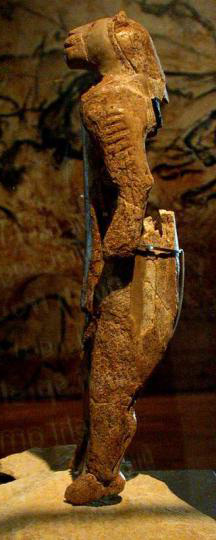

News February 1, 2013


Digs & Discoveries July/August 2024
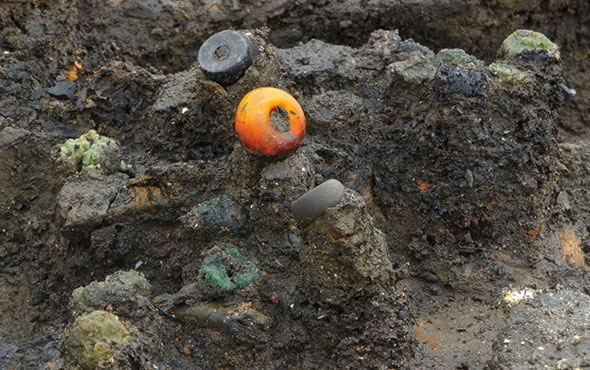
Digs & Discoveries July/August 2024
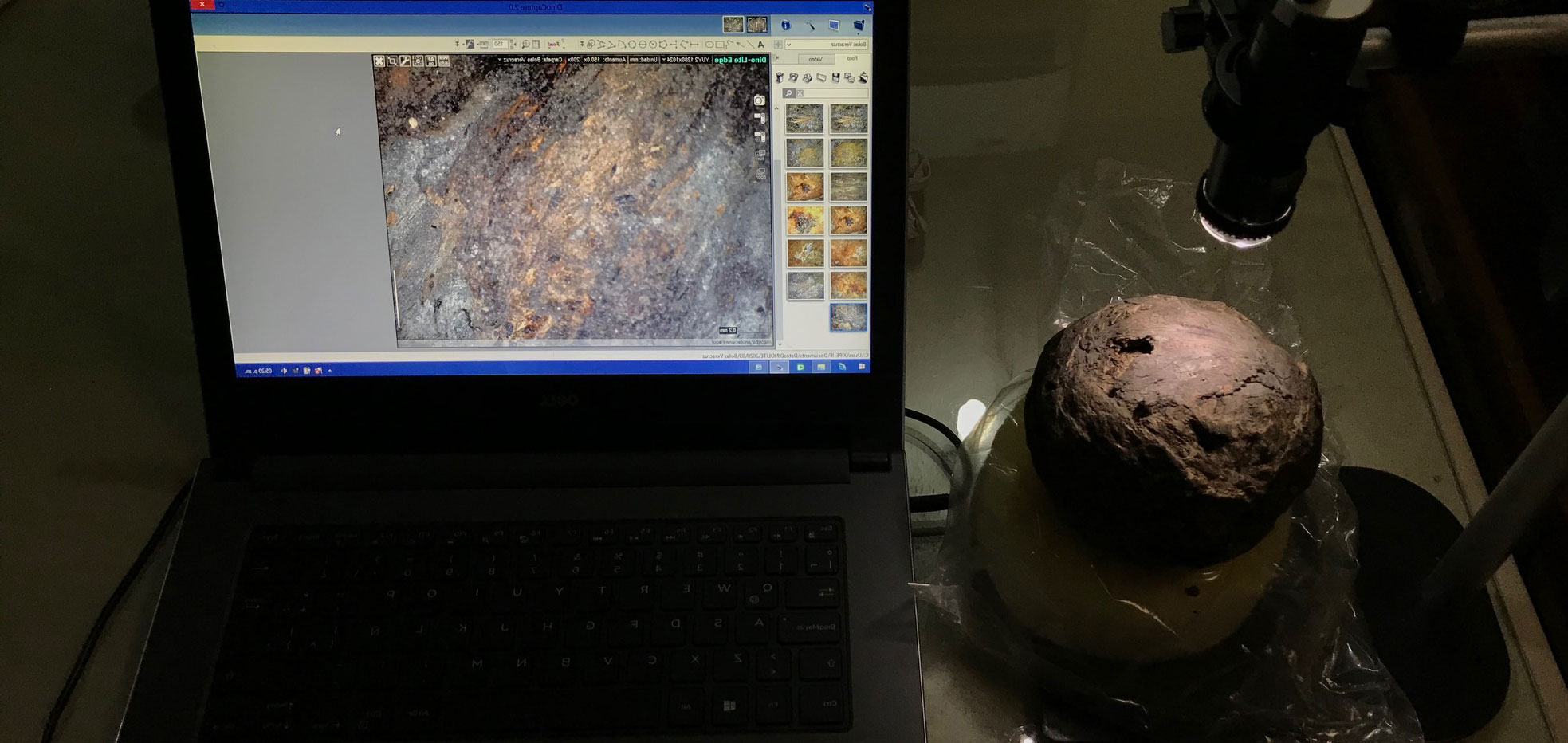
Digs & Discoveries July/August 2024

Digs & Discoveries July/August 2024
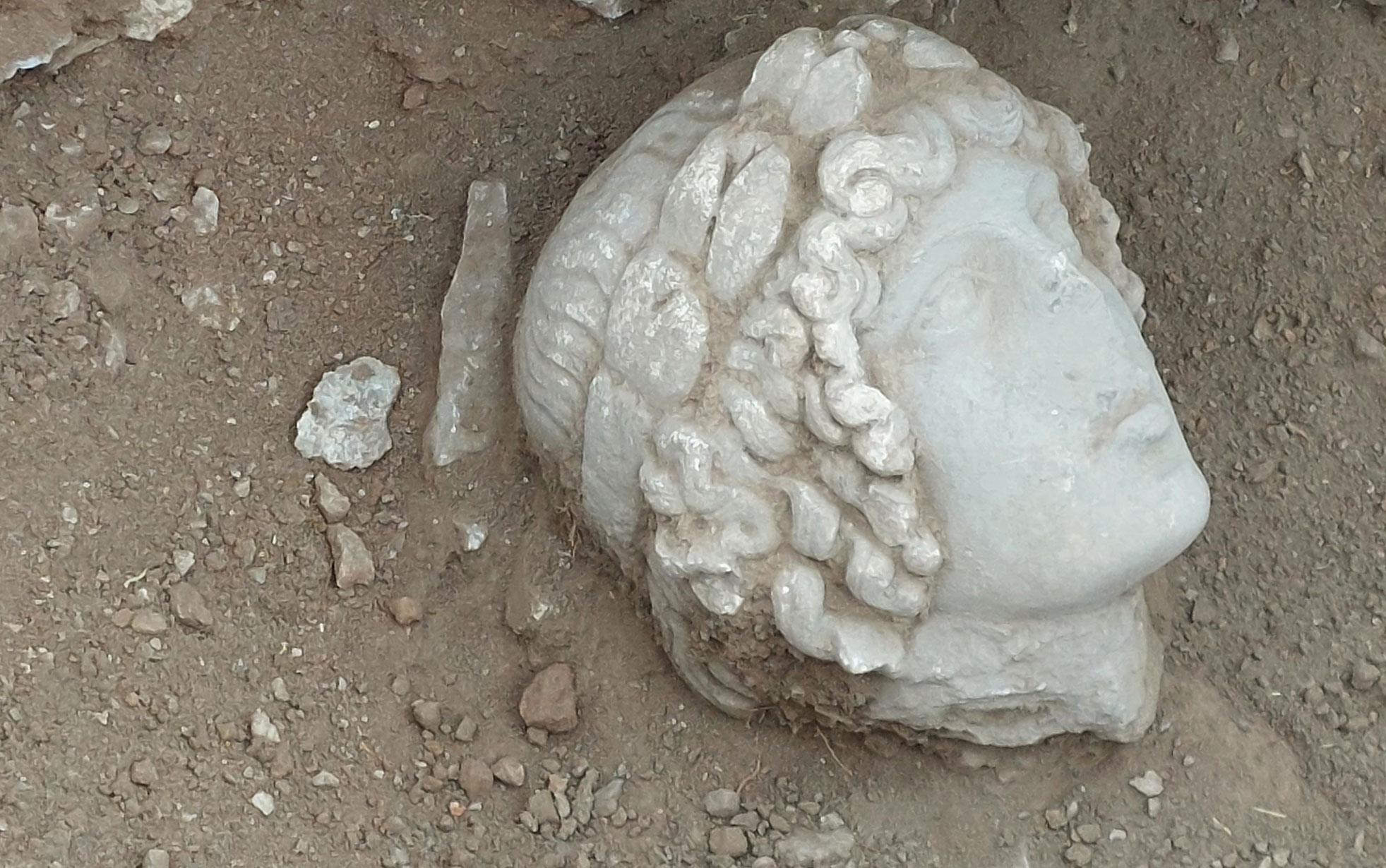
Artifacts January/February 2013
A mid-nineteenth-century trident illustrates a changing marine ecosystem in the South Pacific
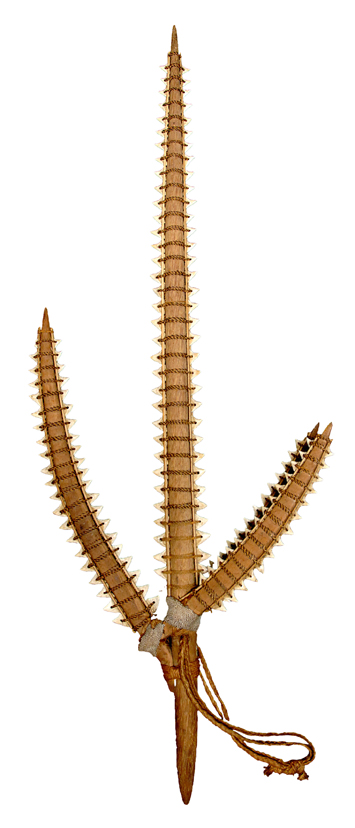
Around the World January/February 2013

Digs & Discoveries January/February 2013

Features January/February 2013
One thousand years of spirituality, innovation, and social development emerge from a ceremonial center on the Scottish archipelago of Orkney
